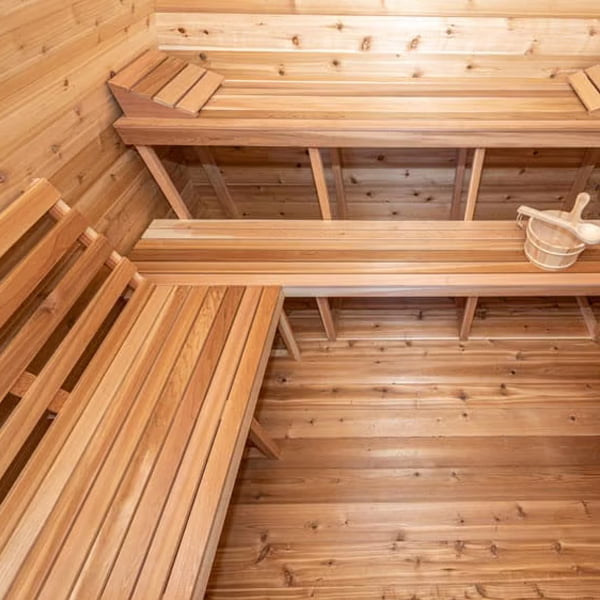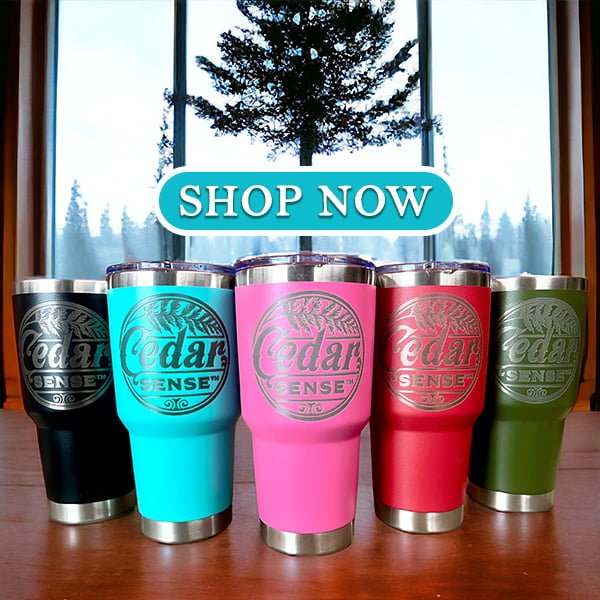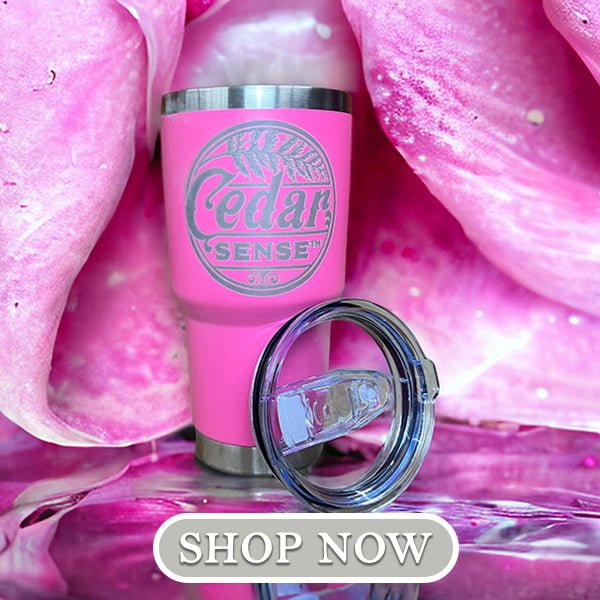When it comes to building the perfect sauna, selecting the right type of wood is crucial not only for the structure’s durability and functionality but also for enhancing the overall sauna experience.
Cedar is often the preferred choice for sauna construction due to its aromatic qualities and resistance to moisture, but not all cedars are created equal.
In this blog, we explore the different types of cedar—Eastern, Western, and Red—to help you decide which is the best for your sauna needs. Dive into the world of “Cedar Saunas” and discover the ideal cedar for your sanctuary of steam.

Understanding the Types of Cedar
White Cedar (Thuja occidentalis)
Eastern White Cedar, native to the northeastern United States and Canada, is a lightweight and durable wood known for its fine grain and pale color. It’s a popular choice for fencing and shingles but also has applications in sauna construction.
- Pros:
- Natural Insulation: Its cellular structure provides good insulation, which is vital for maintaining heat within a sauna.
- Decay Resistance: Offers natural resistance to rot and insects, though not as potent as Western Red Cedar.
- Aesthetic Versatility: Its lighter color can be an advantage if you prefer a brighter sauna interior.
- Cons:
- Aroma: While it does emit a cedar smell, it is less intense than that of Western or Aromatic Red Cedar, which might be a drawback for those who value a strong fragrance.
- Durability in Humid Conditions: Less ideal for extremely humid environments compared to Western Red Cedar.

Western Red Cedar (Thuja plicata)
Growing in the Pacific Northwest, is the quintessential choice for sauna construction, valued for its combination of aesthetic appeal, durability, and scent.
- Pros:
- Superior Durability: Exceptionally durable with a natural resistance to moisture, decay, and insect damage, making it ideal for the damp, hot conditions of saunas.
- Excellent Insulation: Its thermal properties help maintain consistent interior temperatures.
- Rich Aroma: Known for its strong and pleasant cedar scent, which enhances the sauna experience by providing a natural aromatherapy aspect.
- Cons:
- Cost: Generally more expensive than Eastern White Cedar due to its superior qualities and demand.

Aromatic Red Cedar (Juniperus virginiana)
Often referred to simply as Red Cedar, this type is highly valued for its distinct and strong fragrance. This is particularly effective at repelling moths and other insects.
- Pros:
- Intense Fragrance: Provides a robust aroma that is much appreciated in closet applications and small decorative or accent pieces within saunas.
- Visual Appeal: Offers a dramatic red hue that can make sauna interiors strikingly beautiful.
- Cons:
- Moisture Sensitivity: Less resistant to prolonged moisture exposure than Western Red Cedar, making it less suitable for full sauna construction in very humid climates.
- Allergenic Potential: The strong oils can sometimes be an irritant, which might be a concern for people with sensitivities.

Comparing Cedar Performance in Saunas
Heat Retention and Durability
Understanding how each type of cedar stands up to the sauna’s demanding environment is crucial.
- Western Red Cedar: Undoubtedly the leader in sauna applications, it stands up excellently to high heat and humidity, maintaining its integrity and appearance over time.
- Eastern White Cedar: Offers good performance, particularly in less intensely used saunas, but its longevity in high-moisture environments may be slightly less than that of Western Red Cedar.
- Aromatic Red Cedar: Best used for accents within the sauna rather than the primary building material, given its lower moisture resistance.

Aesthetic and Aromatic Qualities
The choice of cedar can significantly affect the sensory aspects of the sauna experience.
- Western Red Cedar: Delivers a deep, soothing scent and a visually appealing reddish-brown hue that deepens with age, enhancing the sauna’s warm and inviting atmosphere.
- Eastern White Cedar: Its lighter shade provides a different aesthetic that might appeal to those looking for a brighter interior, with a milder scent that is still distinctly cedar.
- Aromatic Red Cedar: Known for its vibrant color and potent scent, it’s excellent for those prioritizing a strong cedar fragrance to enhance the aromatherapy experience.
Safety and Maintenance Considerations on White vs Red Cedar
Maintaining your cedar sauna is crucial to extend its life and maximize the health benefits.
- Regular Sanding and Oiling: This is particularly important for maintaining the aroma and condition of the wood.
- Proper Ventilation: Ensuring adequate ventilation within the sauna helps prevent excessive moisture buildup and prolongs the wood’s life.
Best practices for maintaining your cedar sauna.
Expert Opinions and Consumer Preferences
When choosing the type of cedar for your sauna, considering expert opinions. Existing consumer reviews can provide additional insights into how each type performs in real-world settings.
Access comprehensive reviews and expert opinions on different types of cedar for saunas.

Conclusion
Selecting the right type of cedar for your sauna involves balancing factors like cost, appearance, aroma, and durability. While Western Red Cedar stands out for its comprehensive benefits. Both Eastern White Cedar and Aromatic Red Cedar offer unique qualities. They vary depending on your specific needs and preferences.
Choosing the right cedar can greatly enhance your sauna experience. Make it a sanctuary of relaxation and health benefits tailored perfectly to your preferences.
 Barrel Saunas
Barrel Saunas

